by Mariana Burgos
It was in 2014 when I finally agreed to let my daughter pick a pet dog for herself. She was only 10 years old then. I thought that that age was old enough to be able to understand the responsibility of caring for another living being. Well, having myself for her mom, I suppose, it sufficed indeed.

I gave her three conditions for her to be allowed to have a pet. One, caring for the pet will be a 50-50 percent (%) deal with me. She must do her 50 percent (%)-part of caring for the animal. Whenever I am not able, she must learn how to feed her, clean her, make sure she has a comfortable and clean space, and give time to walk with and play with her in her free time. Also, she must be conscious to discipline her pet. Meaning, she will give time to train her, too.
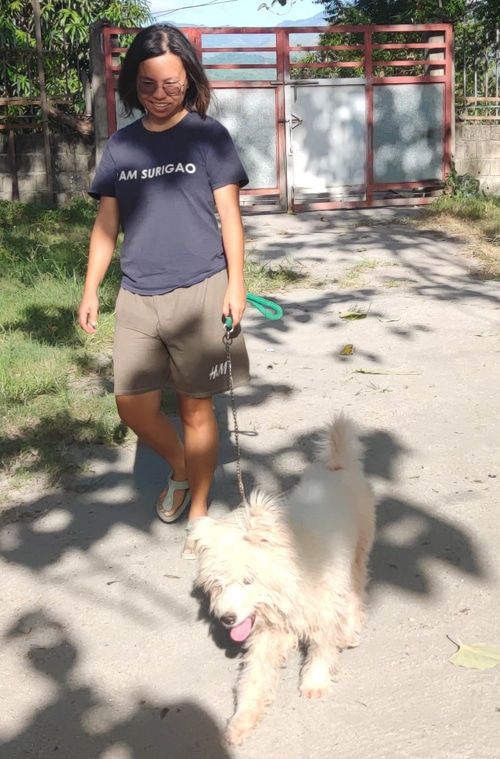
Second, I told her, she must always remember that when her pet gets old or gets really sick and is not looking good anymore, she will not dispose of it as people dispose of worn-out toys or things. I told her that her pet is a living being and has feelings just like us, people. But most importantly, her pet is a member of our family—we do not dispose of our family members when they are no longer looking pretty or when they are already very weak because of their old age.
Third, I told her, (after her pet bird, Kirby, when she was just 4 years old,) we will not buy an animal for a pet (again). She will have to acquire her pet dog (or cat) from a shelter or a rescue center. I told her, we need to do that so as we will no longer contribute to the worsening problem with homeless animals in the country. And that is how we got Milky from SAVE ALL animal shelter and rescue center.
If you are the type who browse social media sites on a daily basis, you will notice that pages of animal shelters and rescue centers are increasing in numbers lately.
As an animal welfare and rights advocate, that is good news for me on one hand. It would simply mean that more people are becoming conscious of helping homeless animals and animals in dire need. But on the other hand, it seems, it is not all good news because it could also mean that homeless animals are increasing at a fast pace.
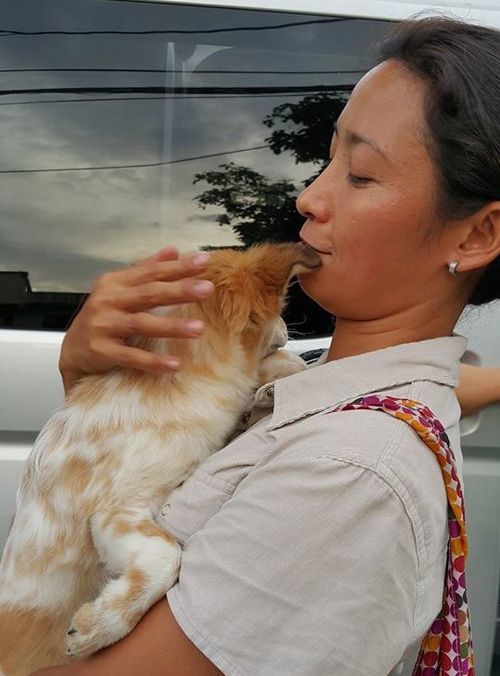
We have heard the slogan, “Adopt, don’t shop!” from animal welfare advocates. We have seen many posters of this campaign in animal shelters and rescue centers. And, sometimes, in vet clinics (that support animal welfare and rights advocate groups). But do we all fully understand the purpose of this campaign?
“Adopt, don’t shop!” What do we mean by this? We mean to say that everyone (and we mean ‘everyone’), if once they decide on acquiring a pet for their own, they must adopt an animal for a pet from animal shelters or rescue centers instead of buying from pet stores or pet mills. Whether it is a dog or a cat, a rodent or a reptile, a bird or a fish, as long as there is one found in a shelter or a rescue center, people should first and foremost opt for adopting than buying. Buying or shopping (for a pet) should be the least option for an individual or a family.
Why adopt and not buy (shop)? What better things can one get out of it?
One obvious reason is, you get to save, at the least, two lives! How? With every animal adopted from a shelter, a rescue center or a pound, vacancy in that shelter, that rescue center, or that pound is created for another new rescue that badly needs accommodation. That animal that got adopted is spared from euthanasia (in cases where there is already an overpopulation problem with the said institutions) and would, finally, enjoy a life with a family and would feel loved and properly cared for. Two (2) lives saved at the same time.
Second, it costs less! Prior to adoption, many shelters and rescues provide extensive medical care, such as spaying or neutering, first vaccinations, and parasite prevention (for example, fleas/ticks/heartworm disease). You would have saved a lot if you got your pet from a shelter. You can focus on long-term preventative care with your veterinarian because so much medical care is provided ahead of time.
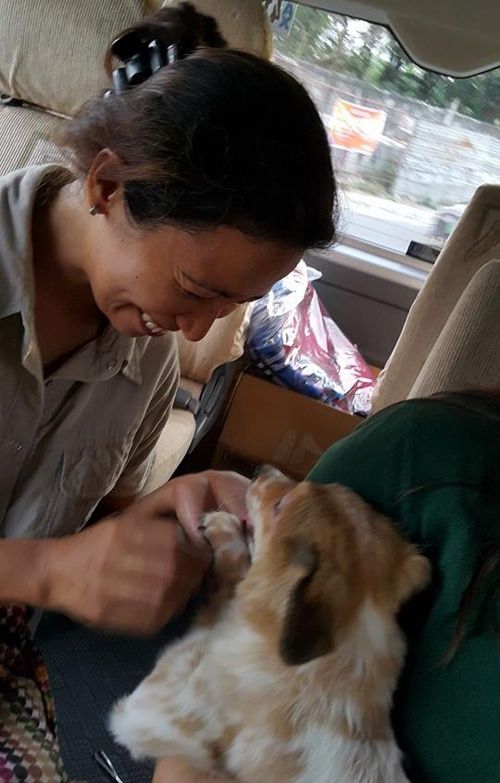
Third, adoption was once uncommon, but thanks to decades of advocacy by an increasing number of animal welfare and rights organizations such as Save Animals of Love and Light–Save ALL Inc., Cara Philippines, Philippine Animal Welfare Society (PAWS) and others alike, adoption is now gradually becoming the most popular way to obtain a new pet in the Philippines.
Fourth, it is one method of combating puppy mills or unethical animal breeders. Individuals or groups of people involved in these types of businesses that prioritize profit over animal welfare are inhumane. If you purchase a dog from a pet store, online ‘seller’, or flea market, you are almost certainly purchasing a puppy mill dog. Puppy mill animals are housed in shockingly poor conditions with inadequate medical care, and as a result, they are frequently very sick and behaviorally troubled. These puppies’ mothers are kept in cages for years, without human companionship and with little hope of ever joining a family. When breeding dogs are no longer profitable, they are simply discarded—either killed or abandoned.
These puppy mills and breeders are able to stay in business by using deceptive tactics. Their customers are unsuspecting customers who shop in pet stores, on the Internet, or through classified ads. These inhumane breeders will continue to operate until people stop supporting them.
Adopting a pet ensures that you are not wasting your money.
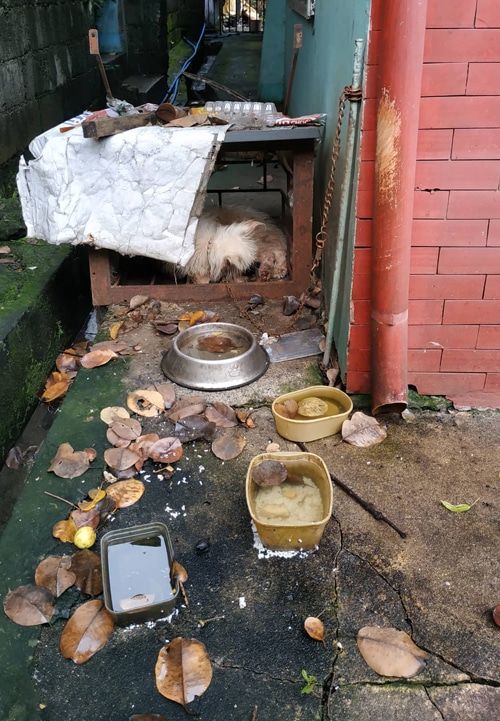
Fifth, when you adopt from a local shelter or rescue, you have a long-term resource if you run into challenges with your pet. They may provide primary medical needs like anti-rabies vaccination, deworming, and anti-tick and fleas medication before letting you adopt the animal. Some may provide free pet food if you’re facing challenging times and may even have a veterinary clinic to help keep your pet healthy the rest of their life. Others may offer free behavior support or training for the pet. Each organization is different so be sure to ask what resources may be available after you’ve adopted.
Sixth, adoption is preferable because you can be proud of yourself for helping an animal in need! It encourages and strengthens a person’s empathy.
Pets benefit your health. Animals are not only unconditionally loving, but they have also been shown to be psychologically, emotionally, and physically beneficial to their companions. Caring for a pet can give you a sense of purpose and fulfillment, as well as help you feel less lonely.
Seventh, you may be meeting your local shelter for the first time when you adopt a pet. Learning about your local shelter can open your eyes to the vast array of programs available in your community and the various ways you can assist. Perhaps they’re overwhelmed, and you learn that they don’t receive any or very little local or state funding to care for animals, so you organize a fundraiser or collect pet food donations for their pantry. Perhaps you discover that your local shelter is more than just a place to adopt an animal and decide to volunteer at their low-cost spay/neuter clinic. Perhaps you learn that temporary foster programs are being developed to keep pets out of shelters, so you sign up to foster a pet from someone who needs to be hospitalized. Remember, kapag gusto, maraming paraan! (There are many ways for one who is truly determined!)
Finally, when pets are adopted faster than they arrive at a local shelter, your local organizations can focus on the underlying causes of pet intake.
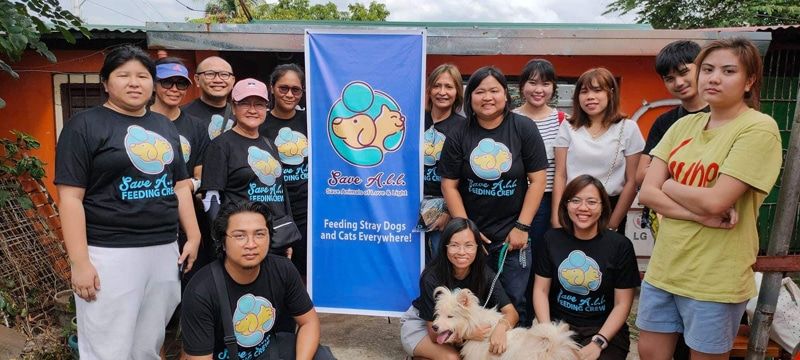
They can strengthen programs to reunite lost pets with their families or meet with elected officials to create more pet-friendly housing in your community when they have fewer animals in the building (or in foster homes). Only by working together can we create a more humane society for both animals and people.
This article also appears in the Manila Standard
About the Author: Mariana Burgos is a freelance artist. She is a solo parent for 16 years now because she is wife to a desaparecido. She and her daughter are animal lovers and are active in advocating not only human rights but the rights of animals as well.
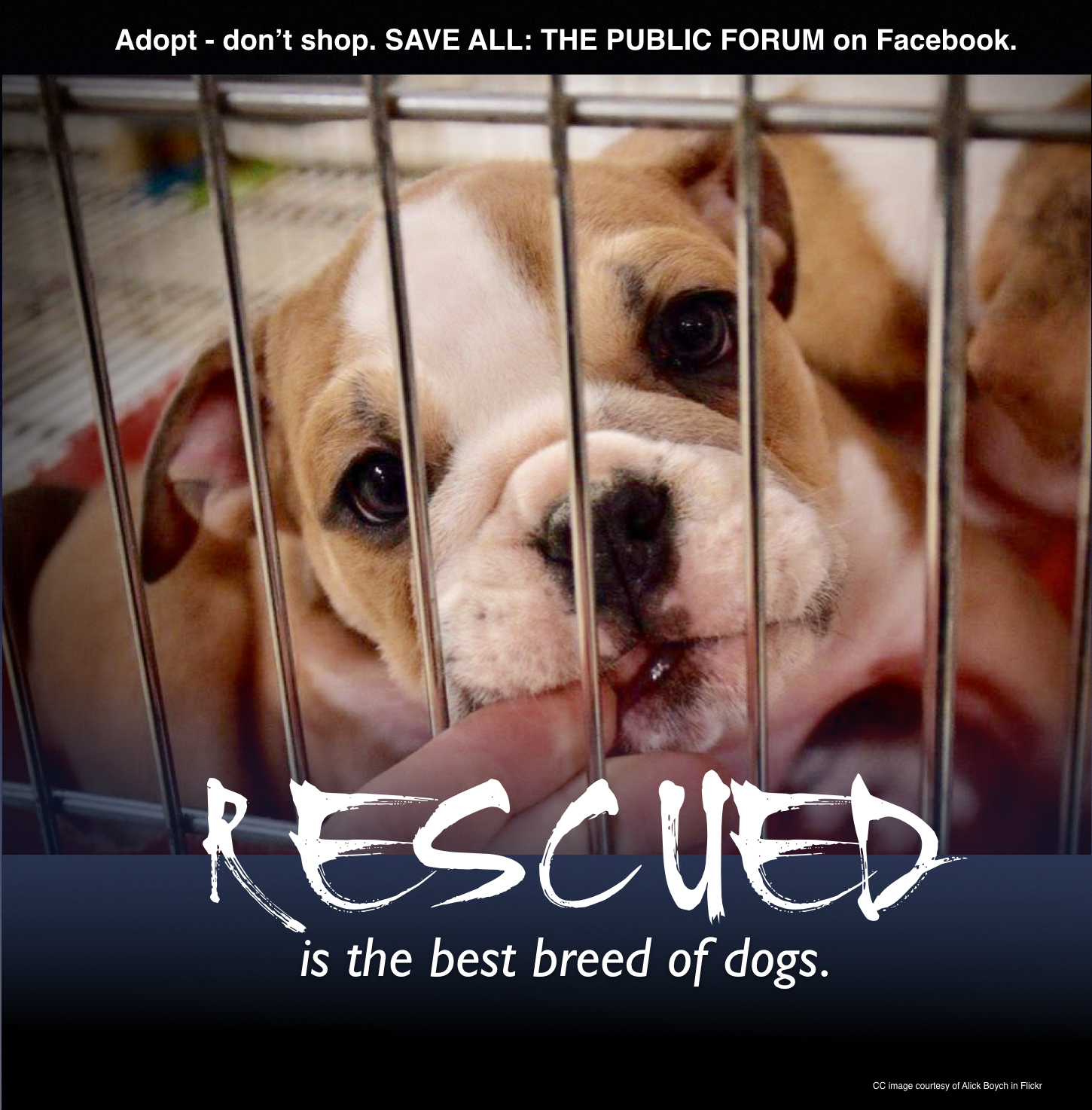
If you liked what you just read and want more of Our Brew, subscribe to get notified. Just enter your email below.


Related Posts
Understanding Pets With Special Needs
Mar 03, 2025
Can Cats Eat Basil Leaves?
Feb 20, 2025
The Right Way to Pick Up, Hold, and Carry Your Dog
Feb 17, 2025